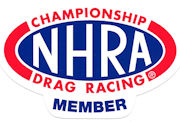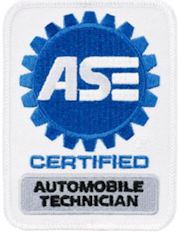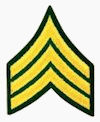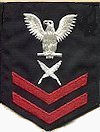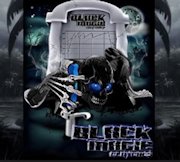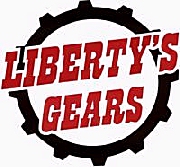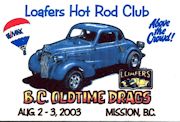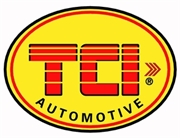The American muscle car has a cult following among gear heads. A true muscle car (by the strictest definition), is a mid-sized, performance-orientated vehicle, powered by a large V8 engine, and comes in at an affordable price. It’s these three qualities—performance, power, and price—that have garnered such a devout following. The American muscle car is an indelible part of car culture and will likely stay so for decades to come.
While the term “muscle car” doesn’t exclusively refer to American-made vehicles, foreign cars rarely meet the muscle car criteria. When an enthusiast in Tucson is shopping for a muscle car, he generally thinks Chevrolet over Toyota. After all, muscle cars are part of the American heritage and there are so many more and better choices. Finding a car that passes muscle car muster means forgoing the Japanese sportster and going straight to Ford, Dodge or Chevrolet in Tucson.
One of the reasons foreign auto manufacturers haven’t been able to break into the American muscle car market is that they always miss at least one of the many key components of a muscle car. The Bently Continental Supersports, for example, has the right specs, 600+ horsepower and 590lb-ft of torque, but the price tag is exorbitant. The Audi RS 4 has powerful V8 engine, but it’s a bulky 4 door. The American muscle car will always be the gold standard as far as midsized cars that offer performance and power at a moderate price.
The need for speed is alive and well in American. Just ask Virgil Coffman, the 101-year-old who bought the 426 horsepower Camaro. “I wanted a sports car,” Coffman told the New York Times. Coffman worked for General Motors in the heydays of muscle car production and traded in his Monte Carlo for the smaller, faster Camaro just a few months shy of his 102nd birthday. As someone with a unique history with Chevrolet muscle cars and love for muscle cars, Coffman was overly delighted when GM invited him back to Detroit to give him a tour of their museum of classic cars and their new production facilities.
The popularity of American muscle cars is further seen in the new retro-style offerings by automakers. The new Chevy Camaro, Ford Mustang, and Dodge Challenger all have a look that harkens back to their predecessors. These modern takes on muscle car classics confirm what muscle car fans have been saying all along—muscle cars aren’t just fast, they also look cool. It is this winning combination of speed and aesthetics that keep American muscle car culture alive and well. As long as folks enjoy the lump in their throat when they press down the gas and don’t mind looking good doing it, they’ll always be a place for the American muscle car.



